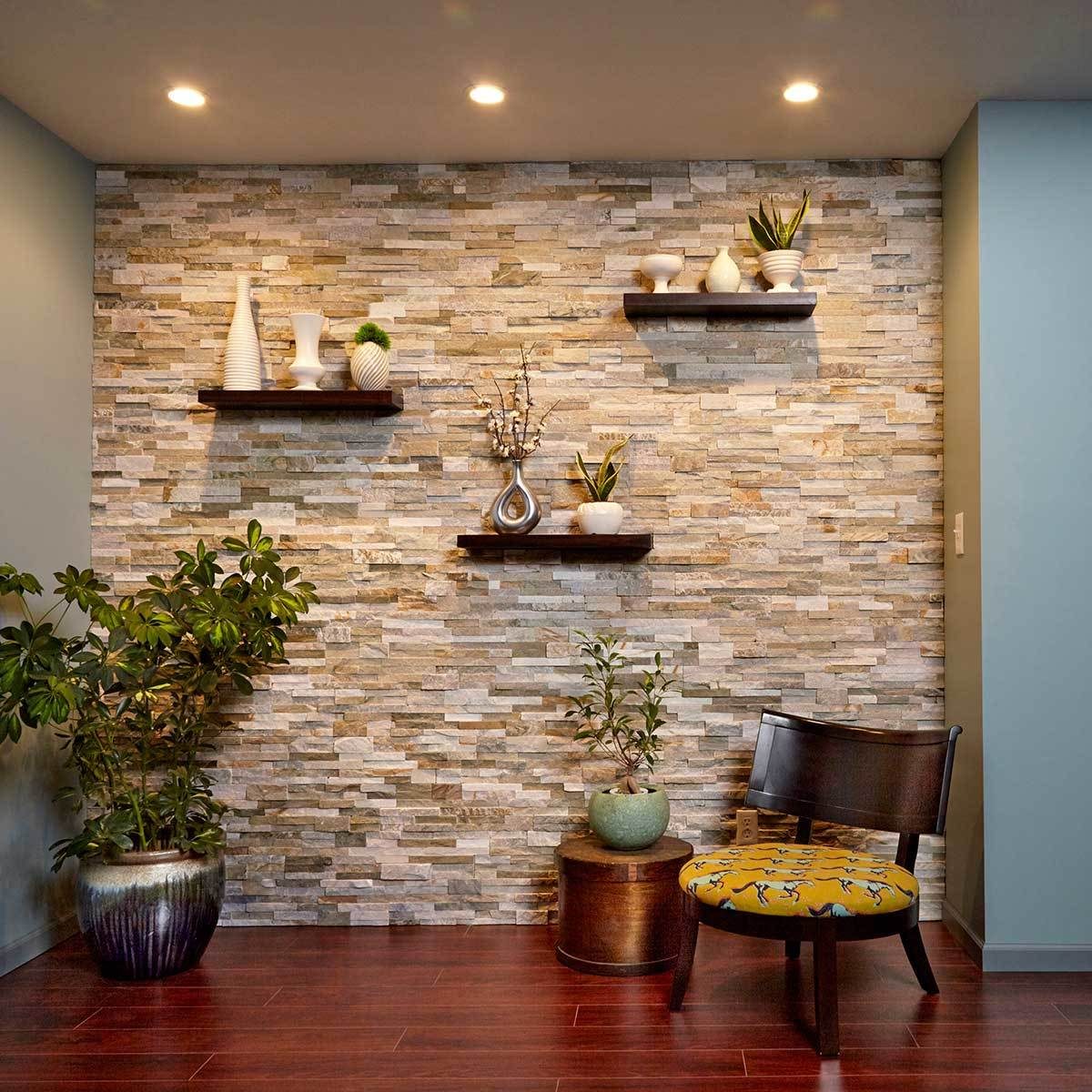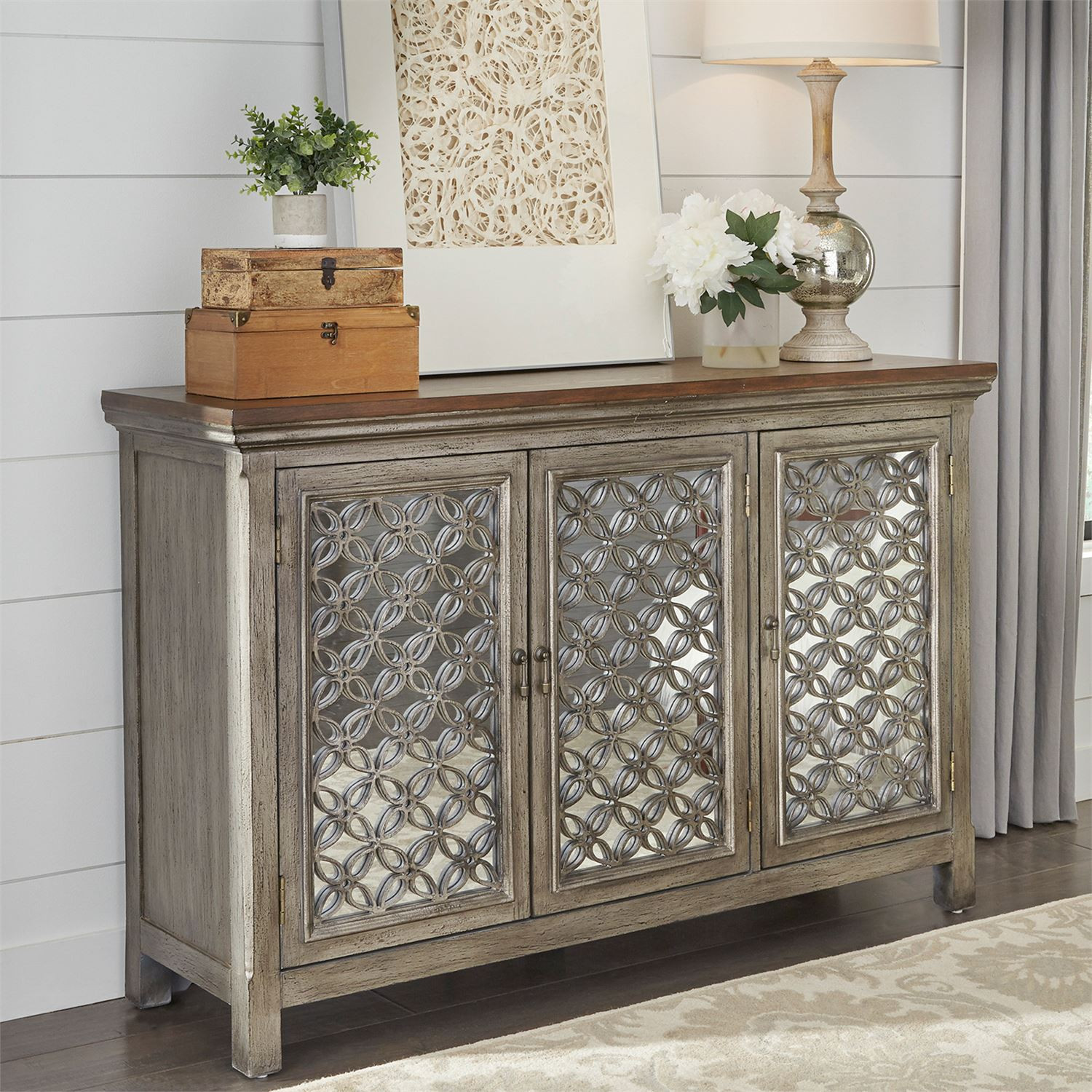Interior Design Trends

Interior design is constantly evolving, with new trends emerging every year. One of the most popular trends in recent years is the use of decorative accents to add personality and style to a space. Decorative accents can be anything from artwork and sculptures to throw pillows and rugs. They can be used to create a variety of different looks, from traditional to modern.
When you’re ready to welcome spring into your home, don’t forget the power of decorative accents. They can transform your space with a touch of vibrant color and a breath of fresh air. From cheerful throws to blooming spring decor , these accents will instantly elevate your living areas, bedrooms, and even your kitchen.
Incorporating Decorative Accents
There are many different ways to incorporate decorative accents into your home. One popular way is to use them to create a focal point in a room. For example, you could hang a large piece of artwork over your sofa or place a sculpture on a coffee table. Decorative accents can also be used to add color and texture to a room. For example, you could add a throw pillow with a bold pattern or a rug with a plush texture.
Decorative accents can transform a room, evoking a specific mood or setting the tone for an entire space. One captivating choice is black rose wallpaper , its deep hues and intricate patterns adding a touch of drama and elegance. Whether paired with plush velvet furnishings or minimalist decor, these decorative accents can create a striking statement that elevates any room’s ambiance.
Cultural Influences
The use of decorative accents in interior design is often influenced by cultural factors. For example, in some cultures, it is common to use decorative accents to represent religious or spiritual beliefs. In other cultures, decorative accents are used to reflect the region’s history or geography.
Types of Decorative Accents

Decorative accents are a vital part of any interior design scheme, adding personality, style, and visual interest to a space. They come in a wide range of materials, finishes, and styles, allowing you to customize your home to reflect your unique taste.
The choice of decorative accents can significantly impact the overall design scheme. For example, a collection of antique porcelain figurines can lend a sense of elegance and sophistication to a traditional living room, while a display of modern sculptures can create a more contemporary and edgy feel.
Decorative accents can also be used to create focal points or add visual interest to a space. A large mirror can make a small room feel larger and brighter, while a bold piece of artwork can draw the eye and become a conversation starter.
Placement and Arrangement: Decorative Accents

The placement and arrangement of decorative accents play a pivotal role in enhancing the visual appeal of a space. By carefully considering scale, proportion, and balance, you can create a harmonious display that complements the architectural features and draws attention to specific areas of a room.
Scale and Proportion
Scale refers to the size of the accent in relation to the surrounding space. A large accent piece in a small room can overwhelm the area, while a tiny accent in a spacious room can get lost. Choose accents that are appropriately sized for the space they will occupy.
Proportion relates to the relationship between the different elements of the display. For instance, a tall, narrow accent can balance out a wide, low piece of furniture. By carefully considering the proportions of the accents, you can create a cohesive and visually pleasing arrangement.
Balance
Balance is crucial for creating a harmonious display. This can be achieved through symmetry or asymmetry. Symmetrical arrangements feature identical accents placed on either side of a focal point, while asymmetrical arrangements use different sizes, shapes, and textures to create visual interest.
Highlighting Architectural Features, Decorative accents
Decorative accents can be used to highlight architectural features, such as a fireplace mantel, a bay window, or a built-in bookcase. By placing accents on or around these features, you can draw attention to them and make them a focal point of the room.
Drawing Attention to Specific Areas
Decorative accents can also be used to draw attention to specific areas of a room. For instance, a grouping of small accents on a coffee table can create a cozy and inviting atmosphere. Alternatively, a large, statement-making piece in the corner of a room can become a conversation starter.